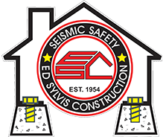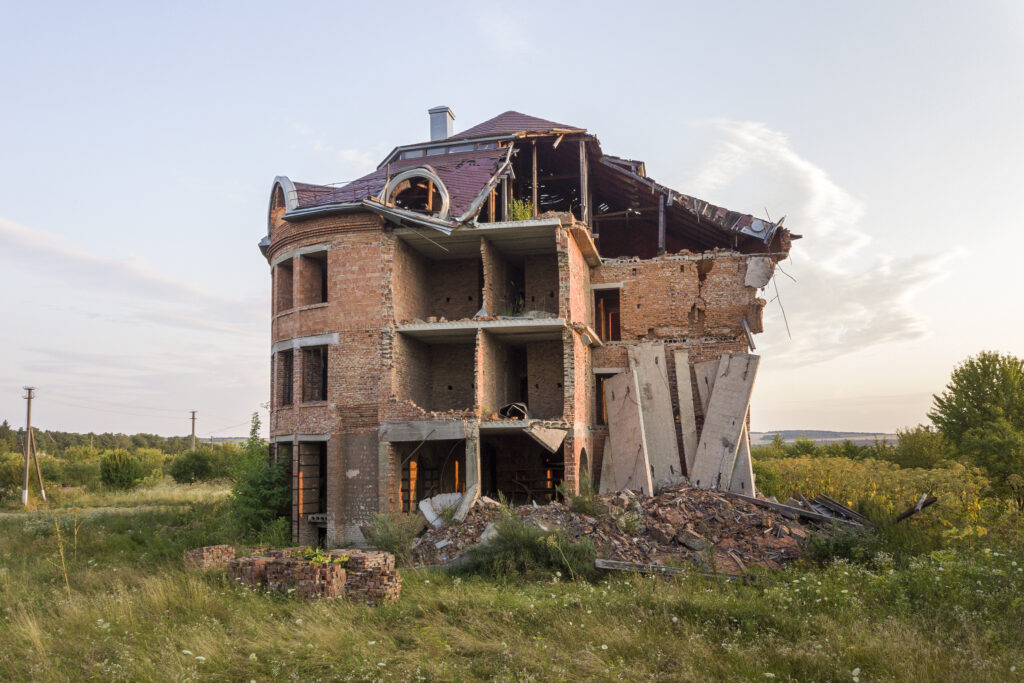Earthquakes can cause widespread devastation in populated areas and cause heavy damage to residential properties and businesses in addition to a large number of properties.
If you are a homeowner or business owner, it is important to understand the risk factors determining the damage caused to your property in case of an earthquake. With this knowledge, you can take steps to mitigate the damage caused and enhance your safety and well-being in case of such an event.
In the upcoming sections, we explain in detail how to identify seismic hazards in your home or business.
Factors Determining Seismic Risk
The 3 key factors determine the seismic risk to a property, based on data from the United States Geological Survey (USGS):
- Level of seismic hazard. Seismic hazard levels differ based on the geographical location of a property in the United States. Hazard maps from the USGS are a good way to understand the level of risk.
- Exposure to the hazard. The population and the quantity and quality of city infrastructure in an area are used to estimate the number of earthquake casualties.
- Vulnerability of a property to hazards. Properties that have earthquake-resistant construction and comply with safety regulations are at significantly lower risk than those that don’t.
Determining Seismic Activity
As we mentioned earlier, the level of seismic risk to a property depends on its geographical location within the country. Areas near major fault lines experience a significantly higher risk than those far away from such earthquake-prone zones.
You can determine the level of seismic risk to your property via applications such as Temblor that use your location to predict the amount of damage caused in the event of a potential disaster. Such applications are quite helpful to home and business owners and allow them to prepare accordingly.
Get Earthquake Coverage
If your area is at risk of experiencing a major earthquake and you have no insurance policy in case of damage, consider getting an earthquake coverage plan. There are many comprehensive policies available for homeowners and business owners that provide adequate coverage in case of a major seismic event.
Secure Your Place
Besides getting an insurance policy, property owners can take a few other steps to prevent or reduce the damage caused to their property in the event of a major earthquake. Here are some of them:
- Strap/secure items on the shelves and other furniture pieces that are fragile and may cause injuries
- Bolt the property building to the foundation
- Strap the water heater to the building’s frame
- Brace the cripple walls
Make A Preparedness Plan
Having an earthquake preparedness and recovery plan in place is essential for any property owner in a high-seismic-risk zone. The plan should include maintaining and stocking a list of all emergency resources including food rations and keeping important documents and valuables in a safe place. Important contact numbers should also be kept somewhere safe.
Below is a list of some essential supplies to stock:
- first-aid kit
- matches
- copies of important documents
- blankets or sleeping bags
- battery-powered radio
- multiple flashlights
- food
- a pair of scissors
- duct tape
- extra batteries
- extra clothing
- medicines (at least a week’s supply)
- emergency blanket
- water
If you’re in search of excellent earthquake retrofitting services for your property in Los Angeles and other areas in Southern California, look no further than Seismic Safety. Our team will help you identify seismic hazards in your home and business and provides the following services:
- earthquake brace bolting
- seismic retrofit
- foundation building
- foundation repair

